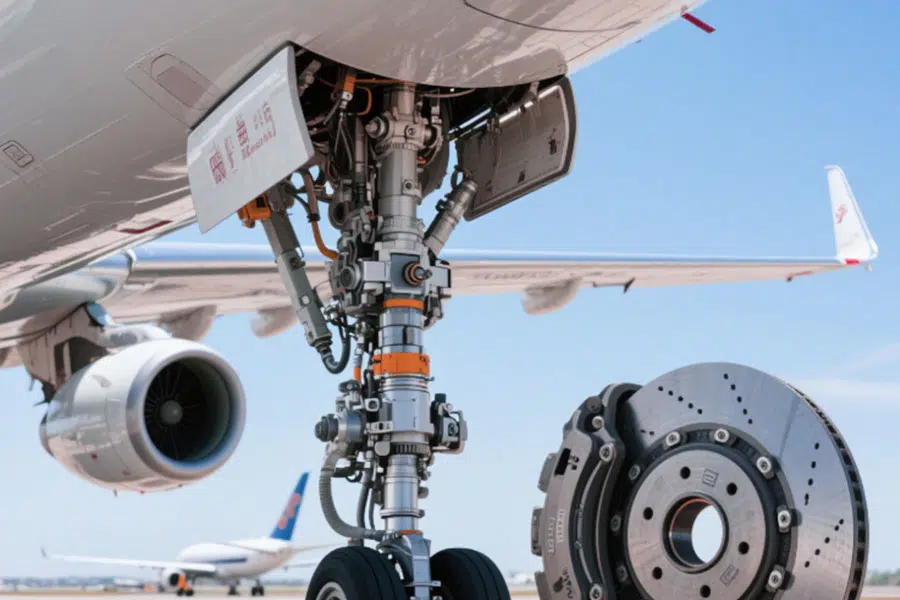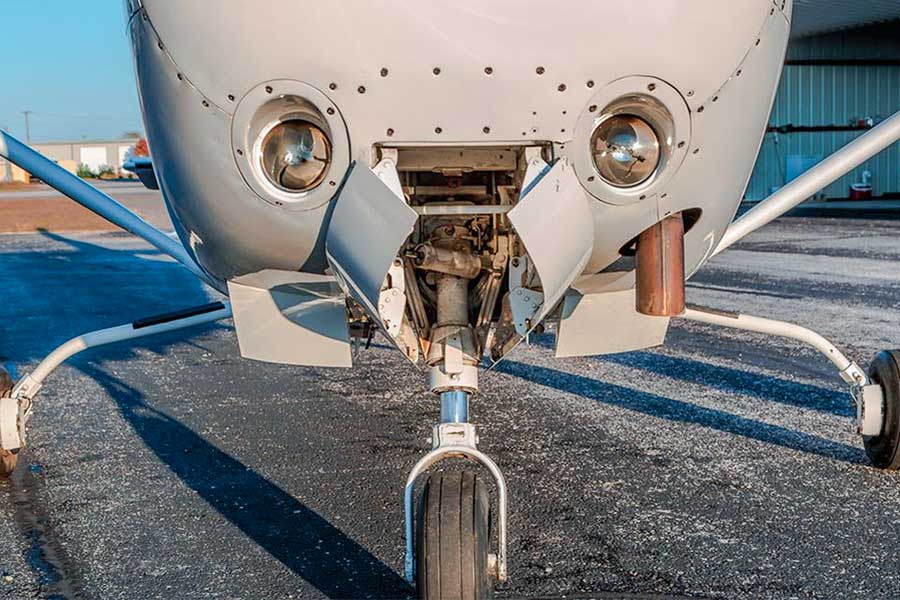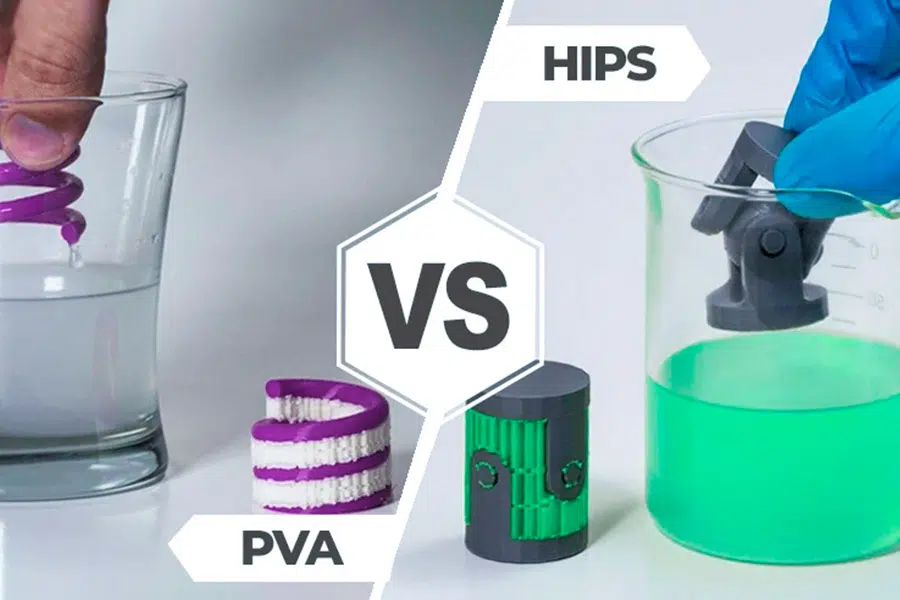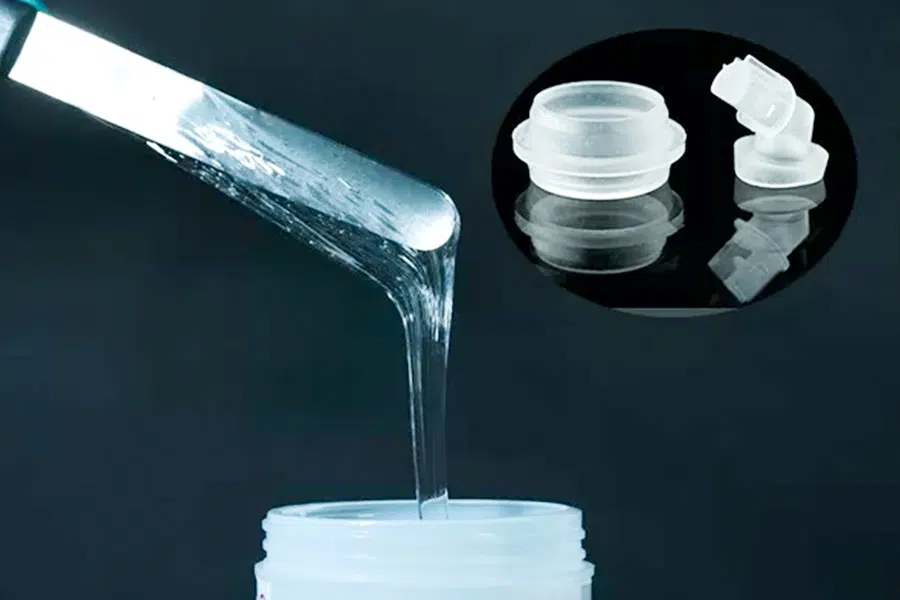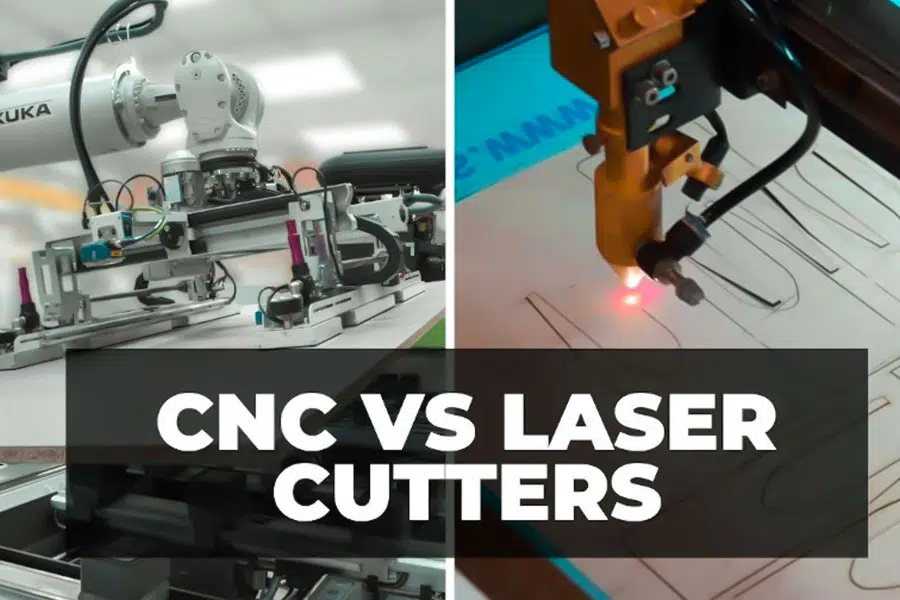What Grounds Jets? Brake Discs & Retraction Actuators Under Fire
The core causes of frequent groundings of jet aircraft are the thermal decay effect of brake discs and hydraulic hysteresis of retraction actuators: Emirates Boeing 777 failed due to delamination of carbon fiber brake discs at 1200℃ (NTSB report AAR-24/01), exposing the thermal resistance limit of traditional materials; Airbus A320neo fleet caused a 300% surge in the risk of landing
What Grounds Jets? Brake Discs & Retraction Actuators Under Fire Read More »

